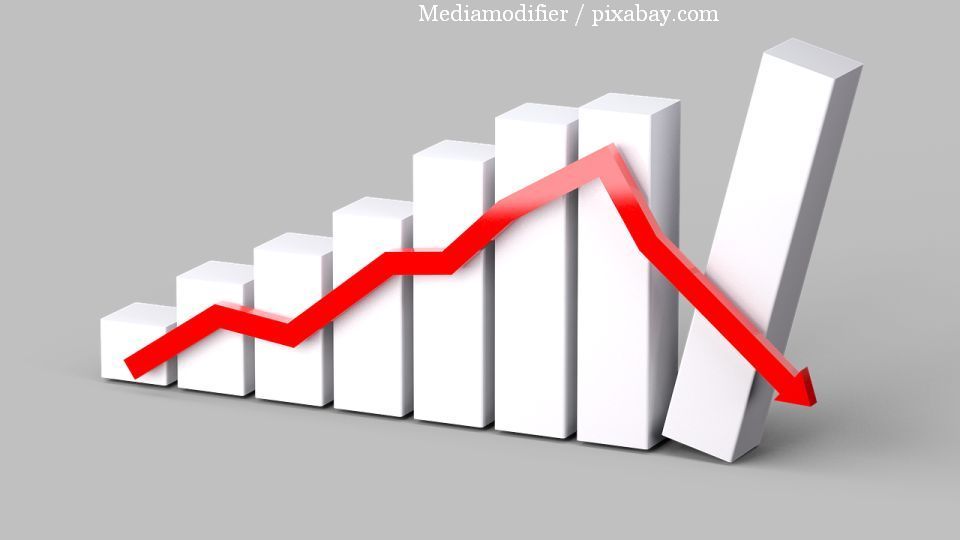Downward forecast revision from the World Bank
The World Bank and the International Monetary Fund estimate a slowdown in economic growth in Romania in 2025

Mihai Pelin, 24.04.2025, 13:50
According to its latest report, the World Bank expects growth in developing economies in Europe and Central Asia to slow down to 2.5% in 2025-2026 due to weaker external demand. In 2024, growth across the region stabilized at 3.6%, supported by private consumption and robust real wage increases, as well as rising consumer credit, all of which offset weaker external demand, following subdued economic growth in the EU.
However, the rise of food and services prices led to higher inflation, which rose to 5% in February 2025, from 3.6% in the middle of last year. The recent increase in inflation has prompted several central banks to increase monetary policy rates or postpone further easing. As for Romania, a slowdown in economic growth is estimated this year, which would reach 1.3%, from 2.1% as previously forecast by the World Bank. It is the second weakest economic growth in the entire Europe and Central Asia region, and only the Republic of Moldova, with an increase of 0.9% of the GDP, is expected to be worse than Romania.
In the region, Russia (plus 1.4% of the GDP), Bulgaria (plus 1.6%) and even Ukraine, torn by the war with Moscow, will experience higher economic growth this year, with an additional economic growth of 2% of the GDP. The champions of economic growth will be former Soviet republics. For 2026, the WB estimates that Romania will have the third weakest economic growth, of only 1.9% of the GDP, only the closed economies of Russia and Belarus, two totalitarian countries, being listed with a lower growth, of 1.2%. In contrast, it will be surpassed by Bulgaria (plus 2.1%) and Moldova (plus 2.4%), while for Ukraine a spectacular economic growth of 5.2% is estimated.
The institution also points out that, in Romania, the budget deficit increased to 8.6% of the GDP last year, from 6.5% in 2023, mainly due to the increase in public sector salaries. On the other hand, the IMF also downgraded its forecast regarding the growth of the Romanian economy this year, from 3.3% in October 2024, to 1.6%, given the new global context. Inflation will trigger an average annual increase in prices of 4.6% in 2025 and 3.1% in 2026, after an increase of 5.6% last year.
At the same time, the IMF estimates that Romania’s GDP will stand at 1.6% in 2025 and only next year will it reach 2.8%. The financial institution also foresees a reduction in Romania’s current account deficit, down to 7.6% of the GDP in 2025 and 7.4% of the GDP in 2026. Regarding the unemployment rate, the IMF estimates that it will remain stable at a level of 5.4% in 2025, and will slightly decrease to 5.2% in 2026. (MI)






























